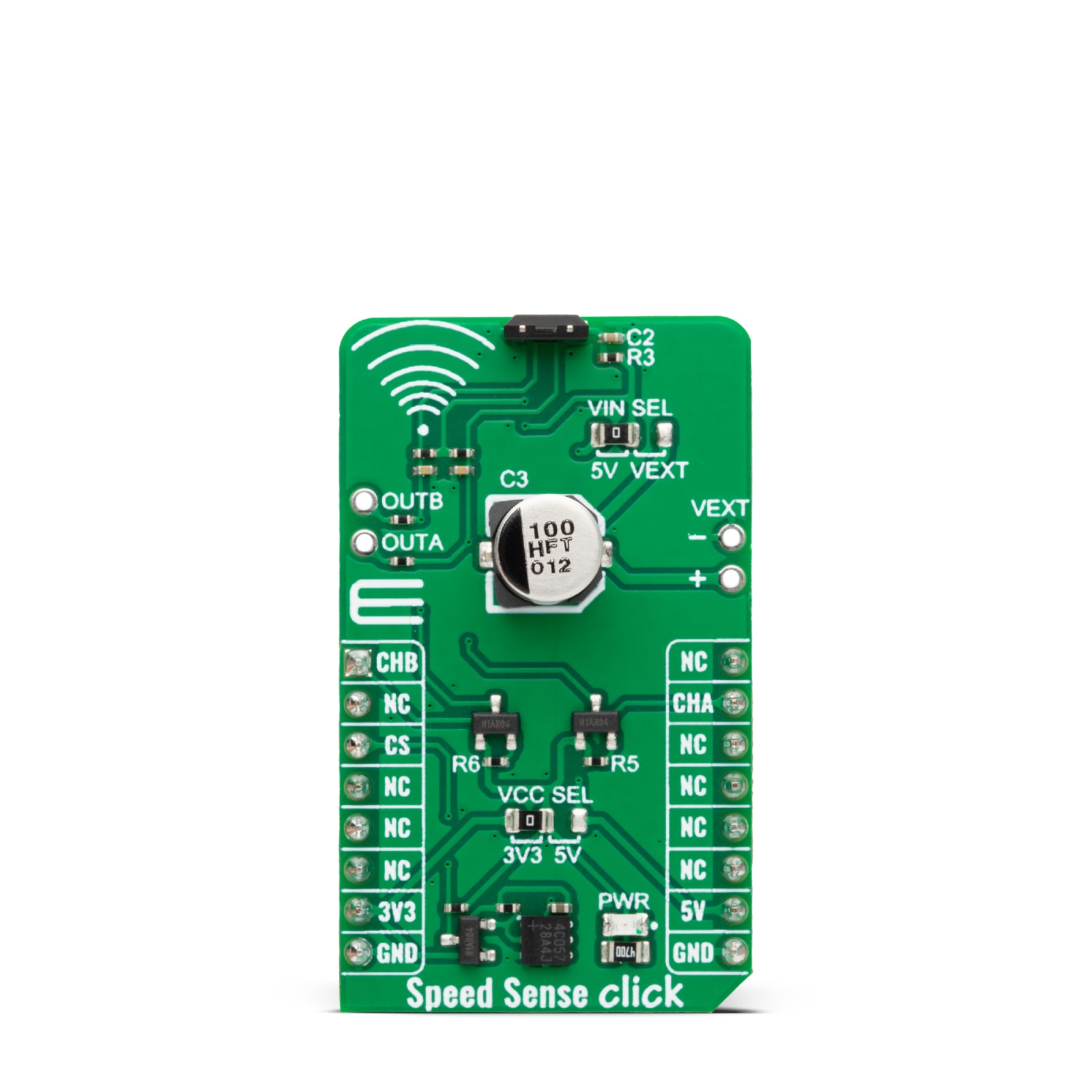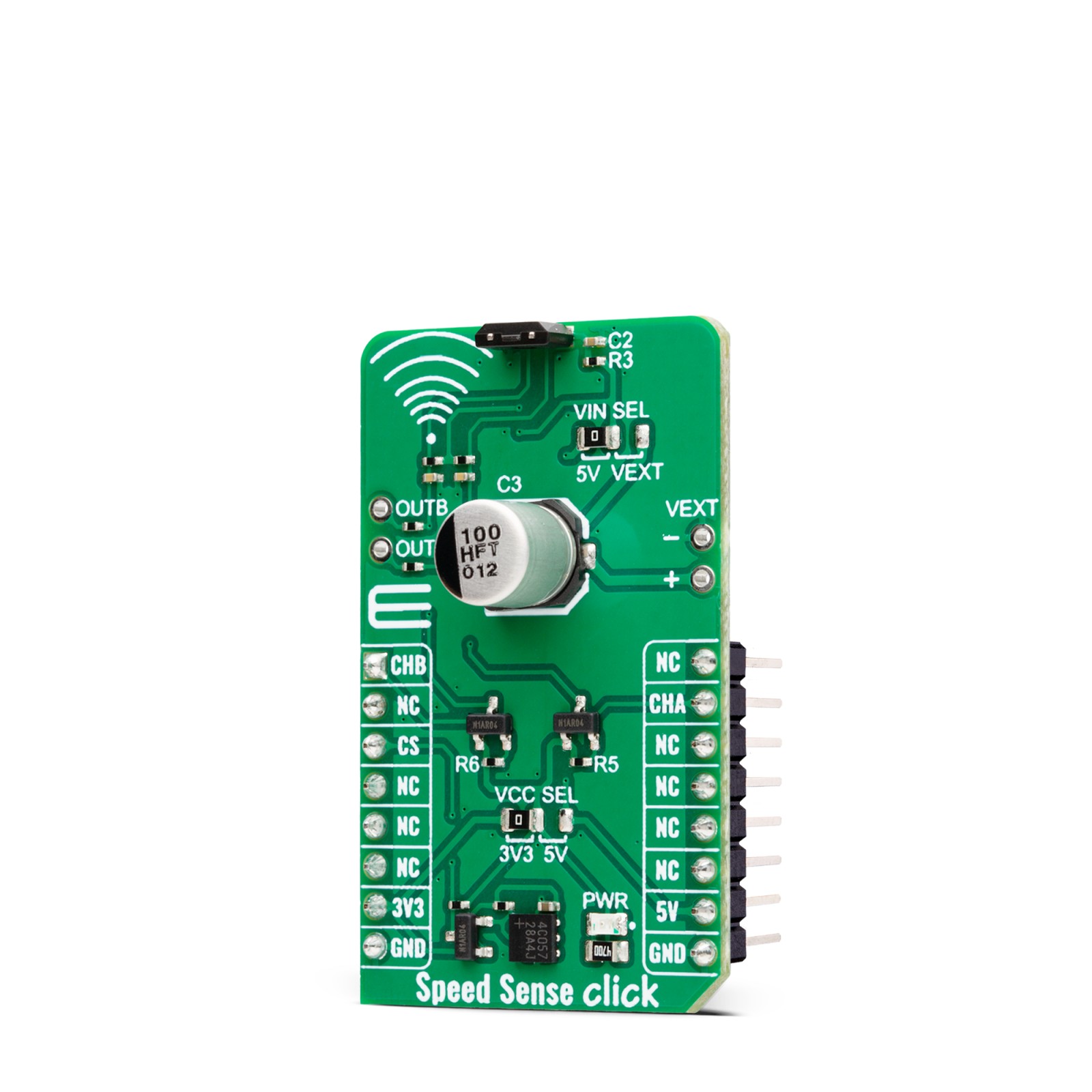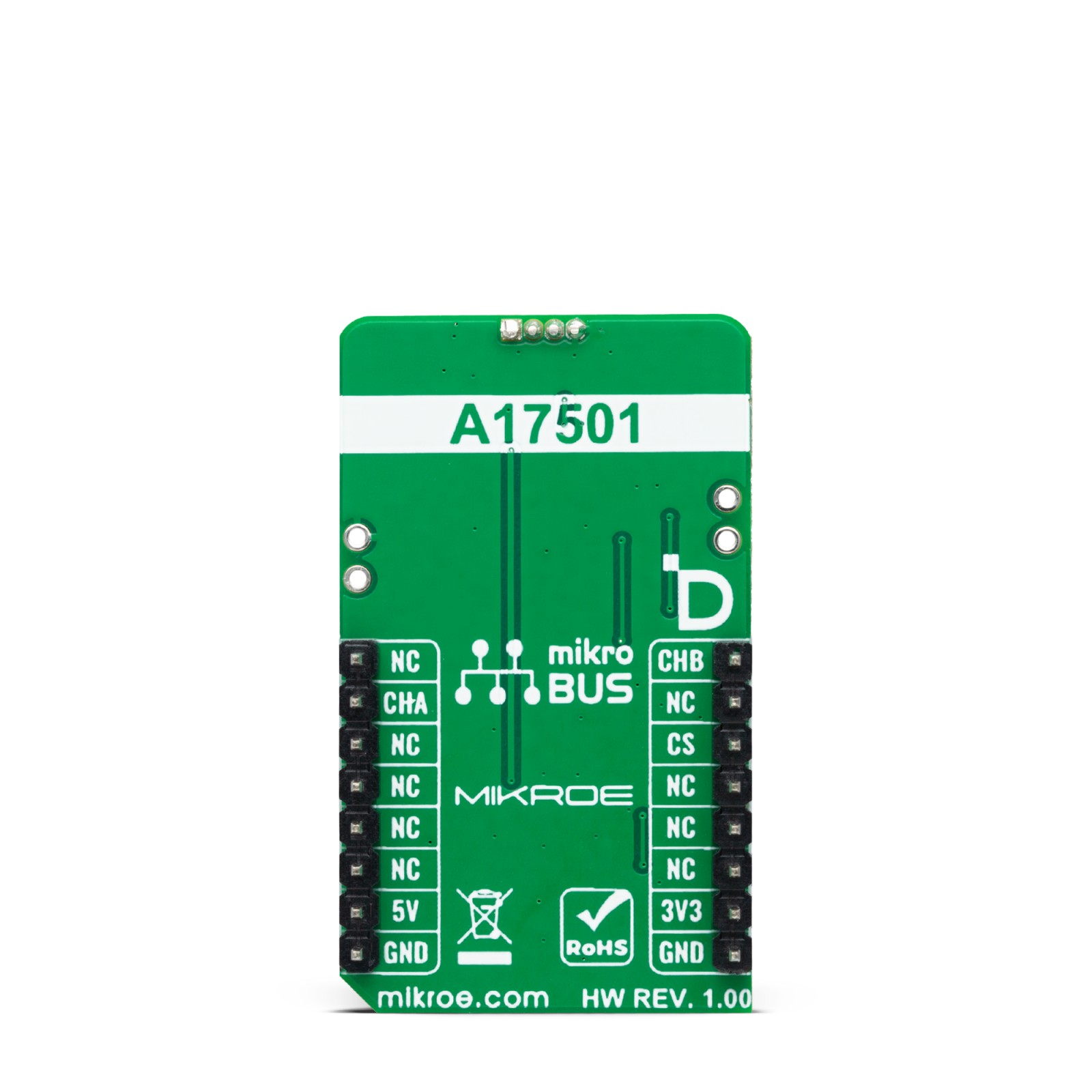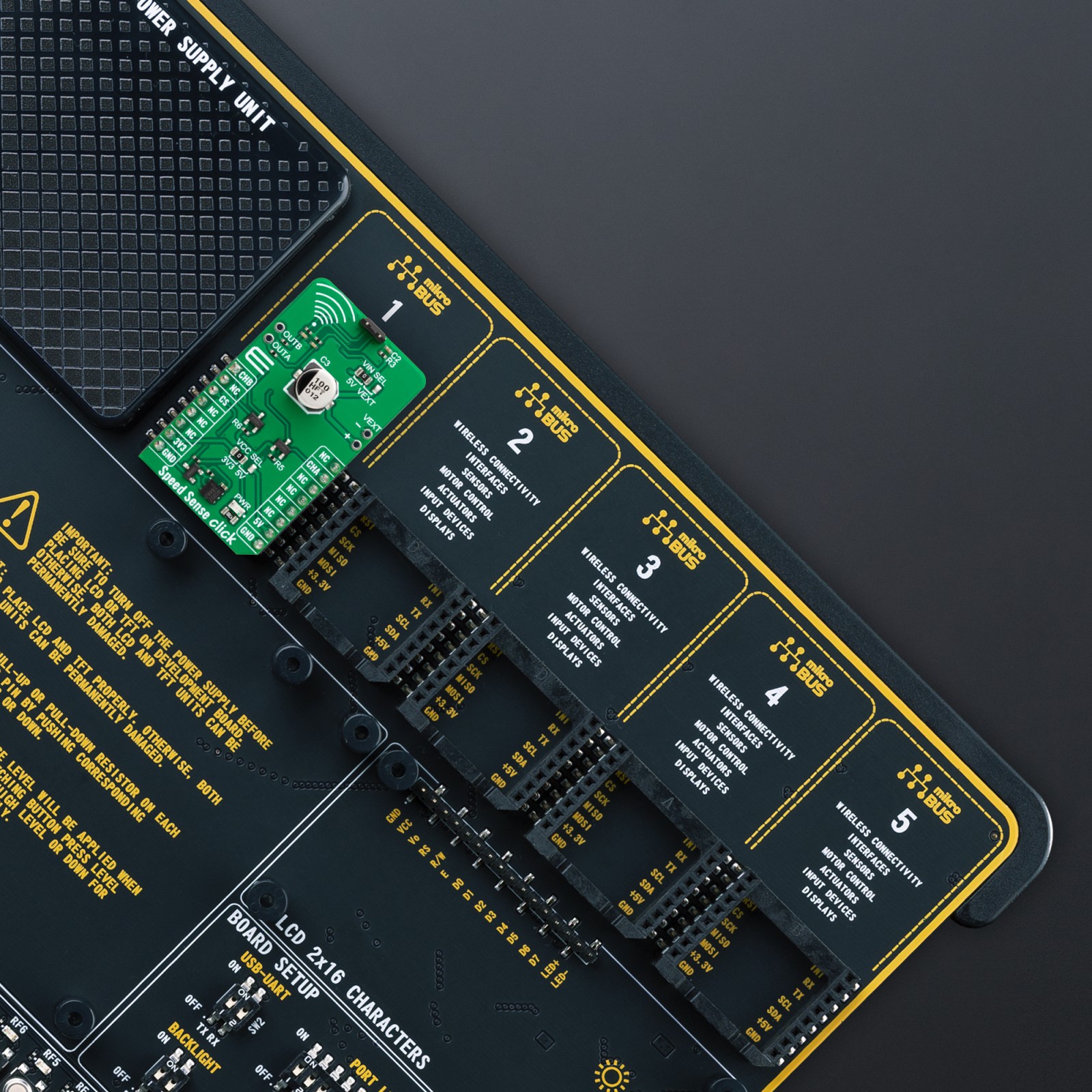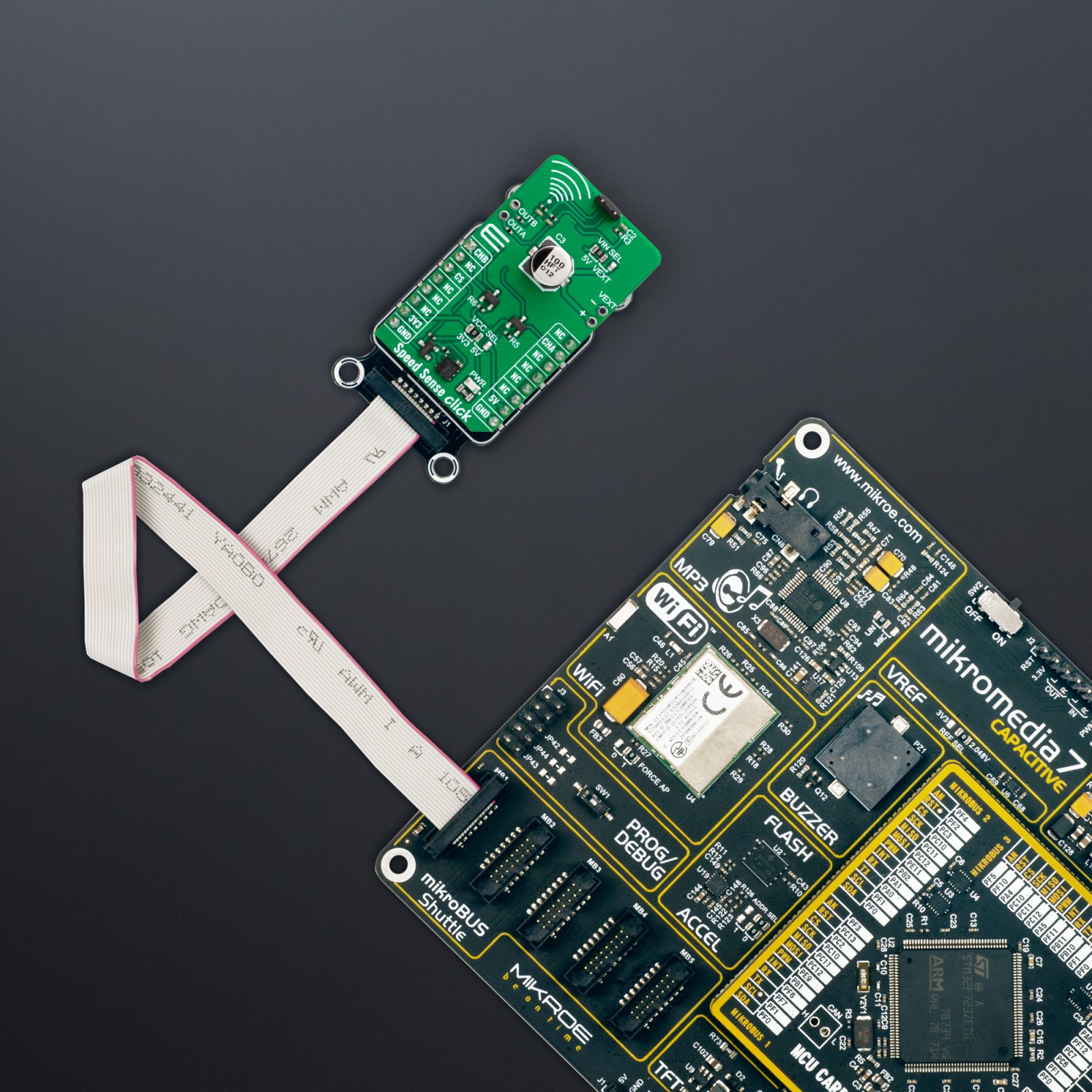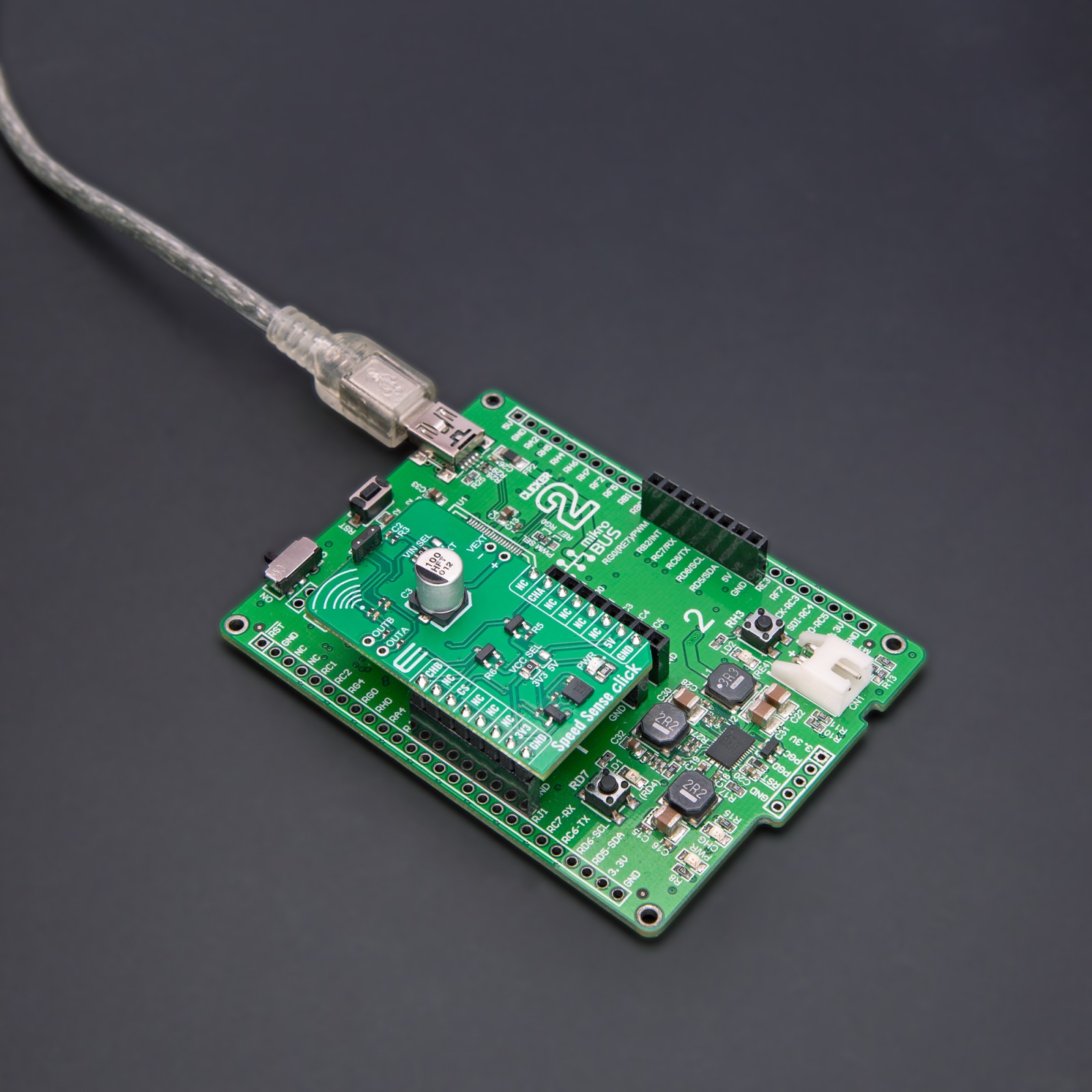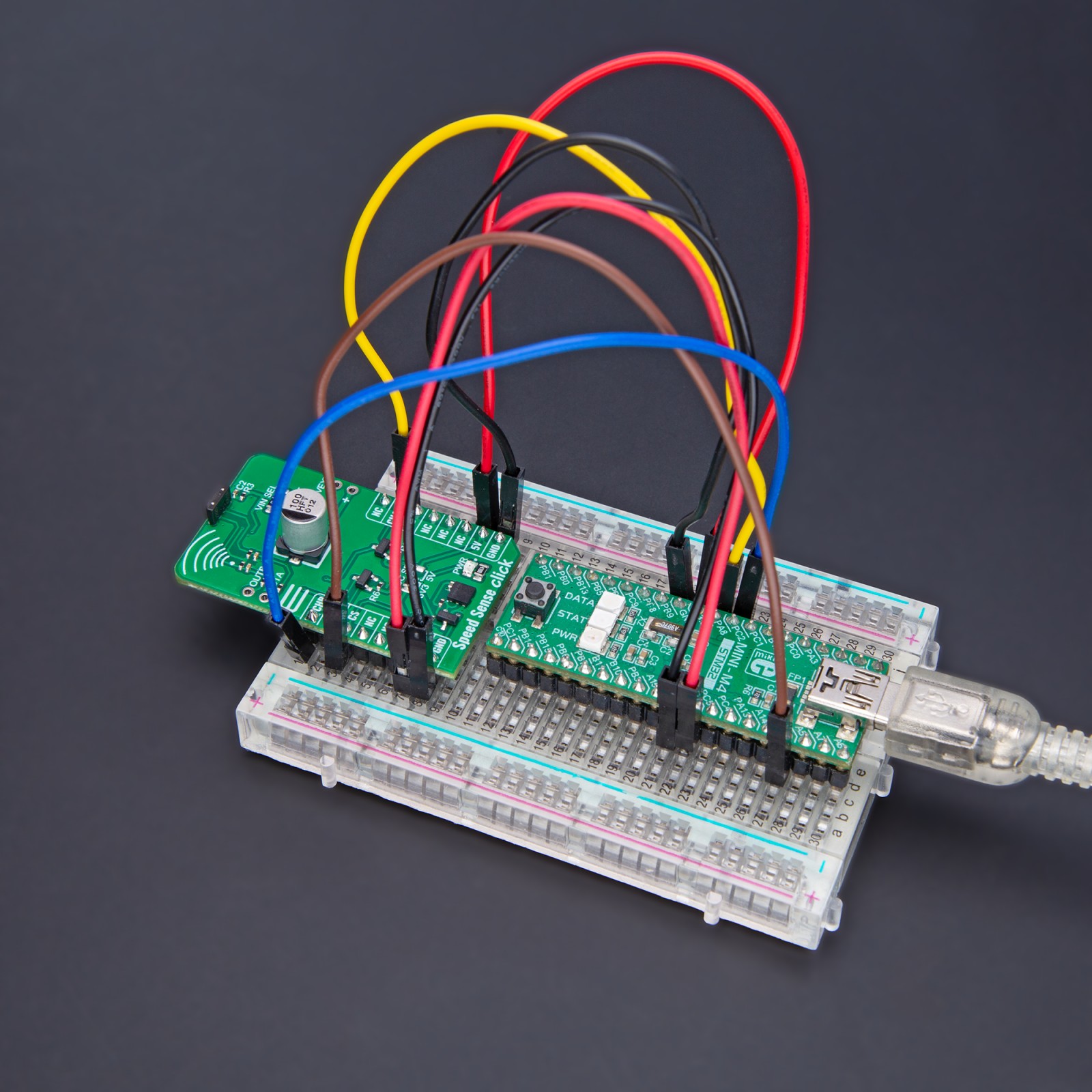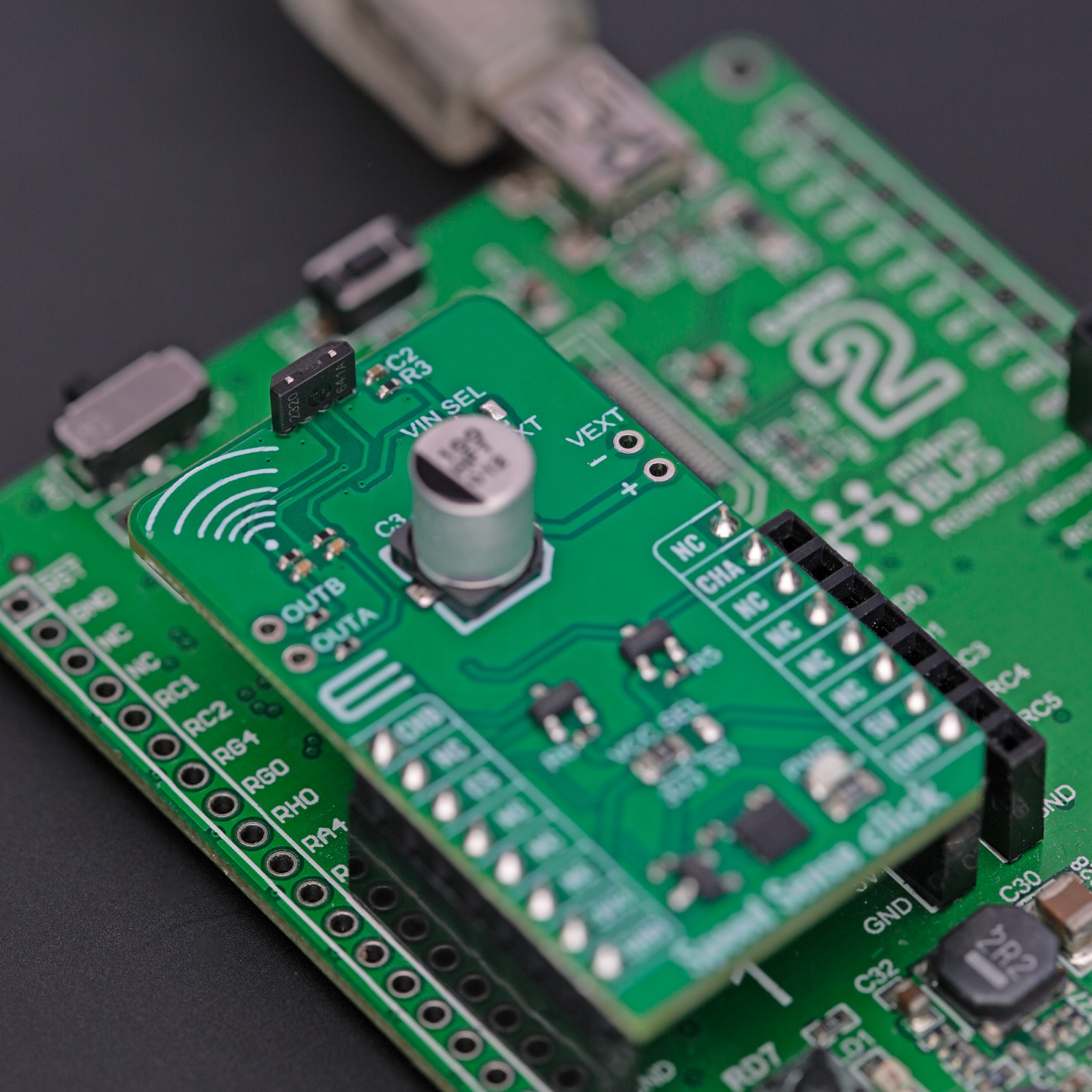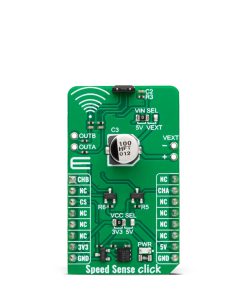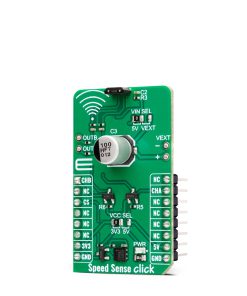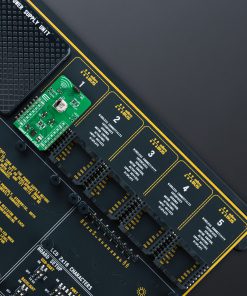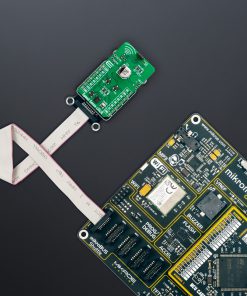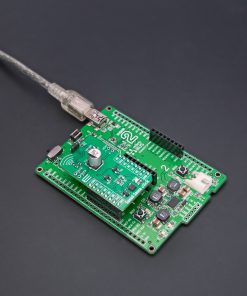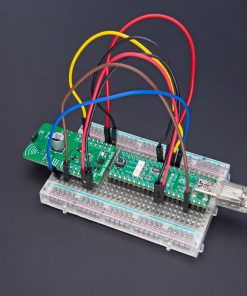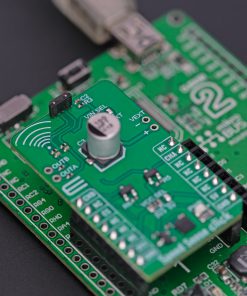-
×
 Alcohol Click
1 ×
Alcohol Click
1 × R335.00R301.50 -
×
 BUZZ Click
2 × R115.00
BUZZ Click
2 × R115.00 -
×
 RTC 2 Click
1 ×
RTC 2 Click
1 × R465.00R418.50 -
×
 MPU 9DOF Click
1 × R550.00
MPU 9DOF Click
1 × R550.00 -
×
 Accel Click
1 ×
Accel Click
1 × R355.00R319.50 -
×
 LPG Click
2 ×
LPG Click
2 × R335.00R301.50 -
×
 RTC Click
1 ×
RTC Click
1 × R390.00R351.00 -
×
 HYDROGEN Click
3 ×
HYDROGEN Click
3 × R335.00R301.50 -
×
 tRF Click
1 ×
tRF Click
1 × R1,050.00R945.00 -
×
 microSD Click
1 ×
microSD Click
1 × R355.00R319.50 -
×
 RS485 Click 5V
2 × R235.00
RS485 Click 5V
2 × R235.00 -
×
 EXPAND Click
2 ×
EXPAND Click
2 × R260.00R234.00 -
×
 DIGI POT Click
2 ×
DIGI POT Click
2 × R370.00R333.00 -
×
 ADC Click
1 ×
ADC Click
1 × R540.00R486.00 -
×
 WiFi Plus Click
1 ×
WiFi Plus Click
1 × R2,250.00R2,025.00 -
×
 RN4678 Click
1 ×
RN4678 Click
1 × R855.00R769.50 -
×
 MP3 Click
1 ×
MP3 Click
1 × R485.00R436.50
Subtotal: R10,263.50

